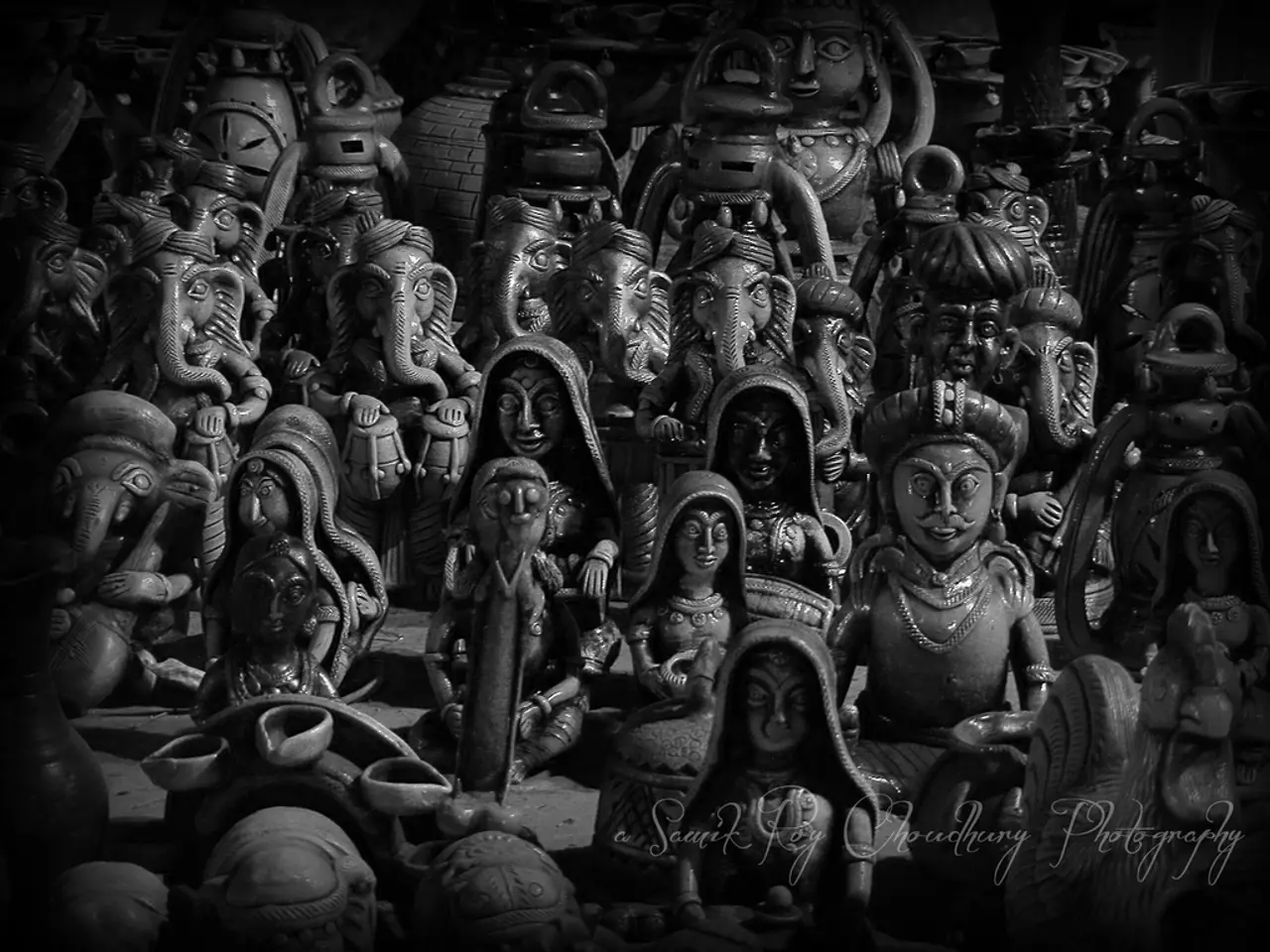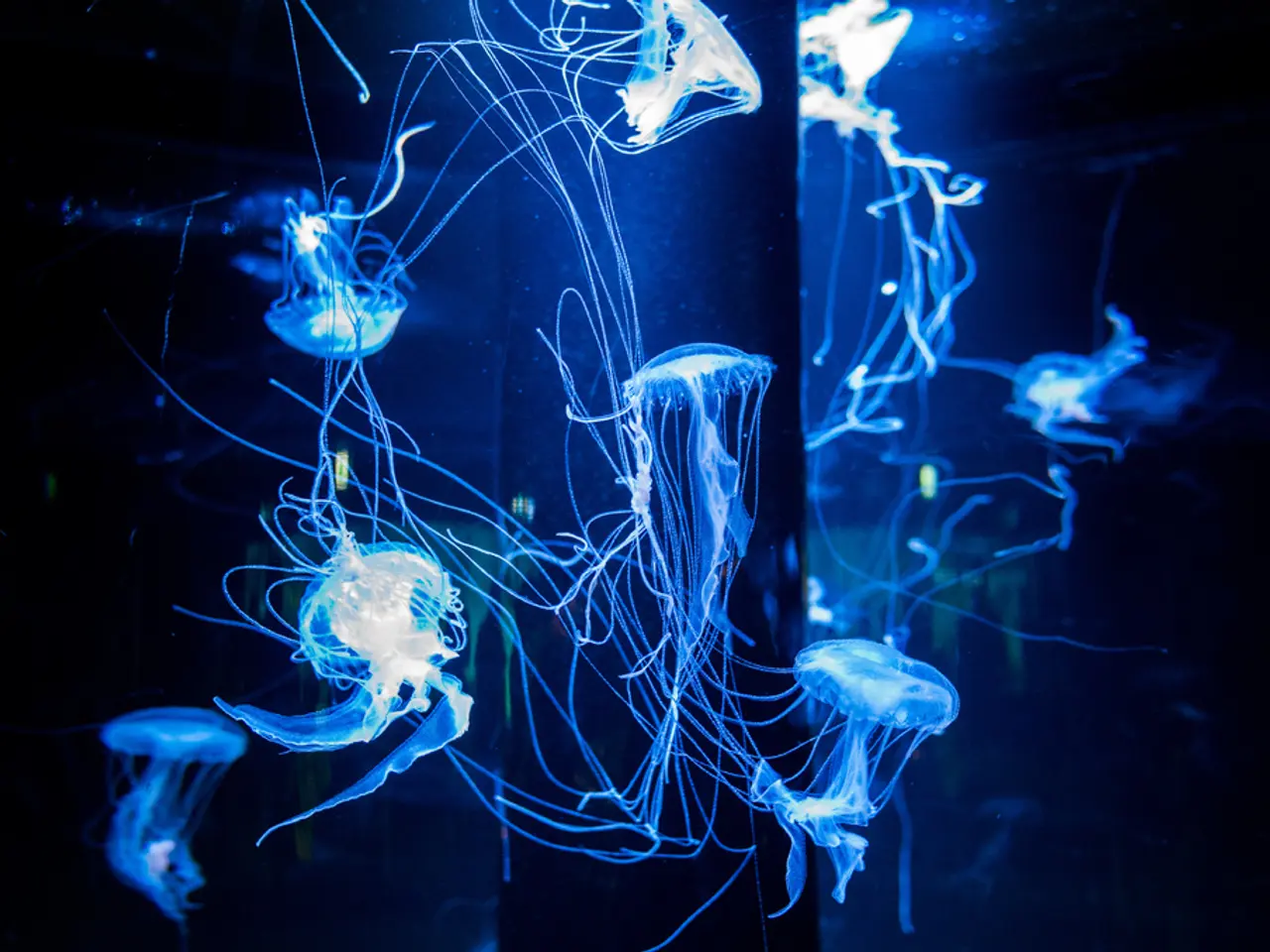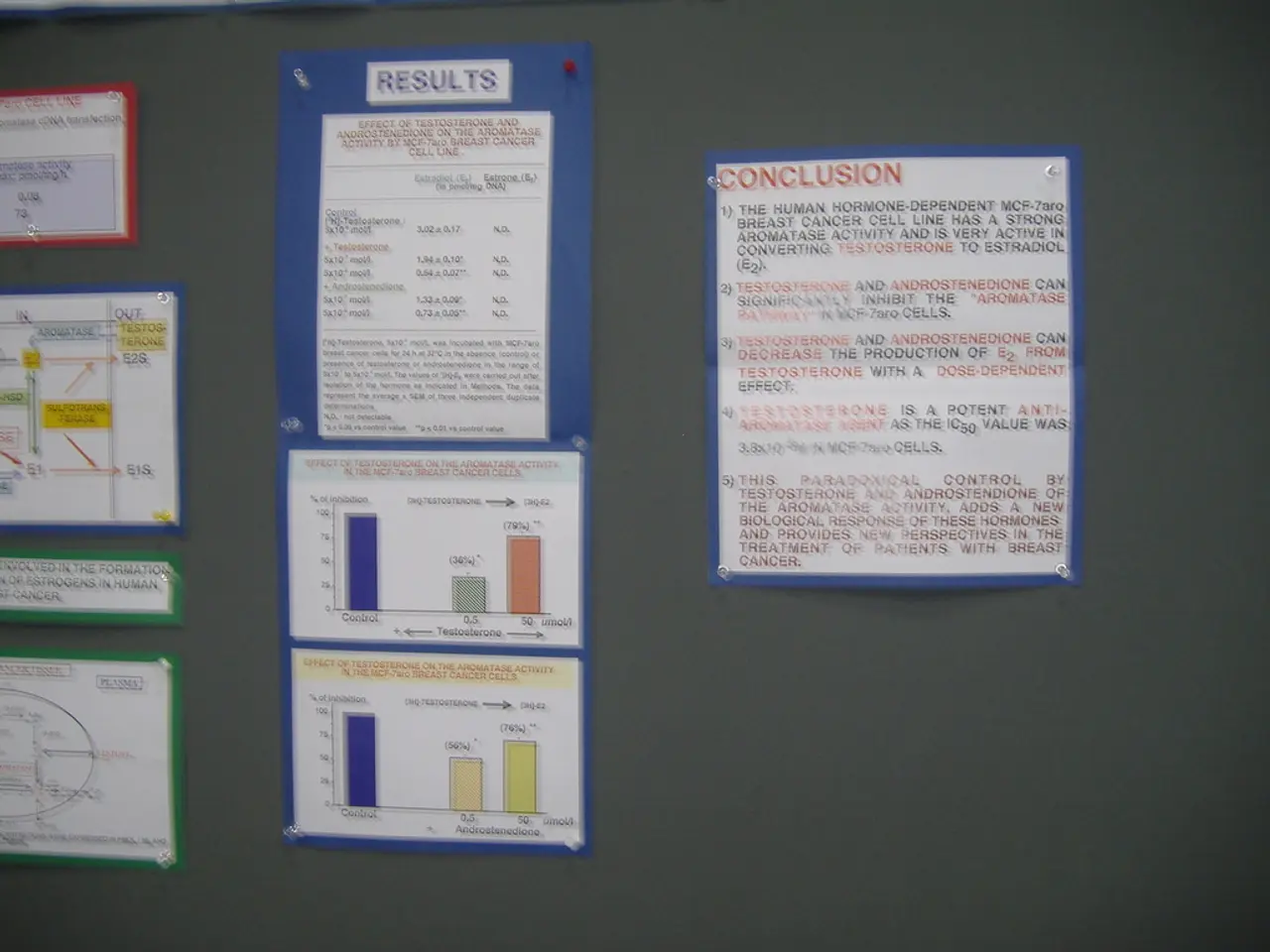Indian Aesthetics: Exploring Alankara and Rasa Principles in Detail (Free Notes Available)
In the realm of Indian aesthetics, two essential concepts, Alankara and Rasa, have played a pivotal role in shaping and interpreting the emotional and ornamental dimensions of art across various disciplines.
Alankara, meaning aesthetic ornamentation, is a theory that guides the use of literary devices such as metaphor, alliteration, and simile to enhance the emotional depth of a piece. This theory has its roots in ancient Indian poetics, with its foundations laid by Bharata Muni in his seminal work, the Nāṭyaśāstra.
The Nāṭyaśāstra, a comprehensive treatise on Indian theatre, dance, and music, was written over 2000 years ago. It was here that Bharata first codified the Rasa theory, identifying aesthetic emotion as central to literary and performative experience.
Rasa, denoting the aesthetic essence or emotional flavor, evoked in the audience or reader, is a crucial aspect of Indian aesthetics. There are eight primary Rasas in classical Indian aesthetics: Shringara (Love or Beauty), Hasya (Laughter), Karuna (Compassion), Raudra (Anger), Veera (Heroism), Bhayanaka (Fear), Bibhatsa (Disgust), and Adbhuta (Wonder).
These theories have evolved over time, with scholars like Bhāmaha, Daṇḍin, Ānandavardhana, and Abhinavagupta contributing to their development. Abhinavagupta, in particular, expanded the Rasa theory in his commentary Abhinavabhāratī, detailing the nine primary Rasas and their nuances.
In contemporary India, these theories remain foundational across literature, art, dance, music, and theater. In literature, Alankara theory guides the use of stylistic devices to enhance expressive power, while Rasa theory explains the emotional engagement the text evokes. In classical Indian dance and theater, Rasa is pivotal to performance aesthetics, offering a framework to evoke specific emotions and moods.
Music similarly employs Rasa to create emotional resonance, with ragas often associated with particular Rasas or moods. These theories also underpin artistic expression and critique in painting and sculpture, where the visual elements aim to invoke certain Rasas, connecting form and feeling holistically.
The influence of Alankara and Rasa theories extends beyond traditional art forms. They continue to influence modern aesthetics and literary studies, contributing to comparative literature and the revitalization of Indian knowledge systems in education and the humanities. These theories offer distinct epistemological frameworks that differ from Western models, emphasizing the experiential and emotional dimensions of art rather than purely intellectual analysis.
In sum, Alankara and Rasa theories originated as part of ancient Indian aesthetic scholarship and have evolved into enduring conceptual tools that shape and interpret the emotional and ornamental dimensions of Indian artistic traditions across multiple disciplines. For those interested in delving deeper into these theories, resources such as Bharata Muni's Nāṭyaśāstra, Vinay Dharwadker's 'Orientalism and the Study of Indian Literature', and Classical Indian Drama: Theory and Practice notes for BA and MA students are available online.
- The Alankara theory, rooted in ancient Indian poetics, utilizes literary devices like metaphor and simile to intensify the emotional essence in literature, much like how music employs ragas to create emotional resonance.
- In contemporary literature, the Alankara theory guides the use of stylistic devices to boost expressive power, while the Rasa theory spotlights the emotional engagement that the text stirs in readers.
- Classical Indian dance and theater rely heavily on Rasa, using it as a framework to elicit specific emotions and moods, similar to the use of these theories in painting and sculpture to invoke particular emotional responses.







